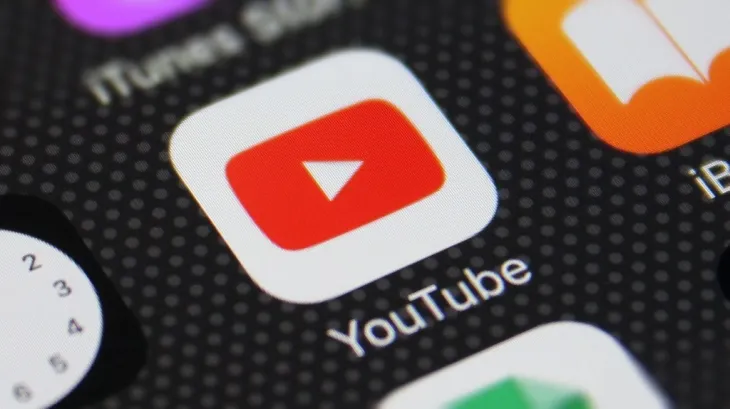YouTube discovered its intention to introduce a shopping feature like its viral TikTok in 2022.
Thanks to a suite of updates announced by YouTube this month for its Shopping features, content creators now have more options for monetising their channels. On a broader scale, though, it’s evidence that Alphabet, YouTube’s parent business, views creators and their affiliates as having a strategy to adapt to the dynamic social commerce market.
One change is the addition of shopping links to previously published content, and another is the introduction of new ways for creators’ pages to display their products. Launching an “Affiliate Hub” that connects creators with over 300 of YouTube’s partner brands—including Adidas, Ulta, and Target—is crucial for brands. One of the features of the hub will be the ability to display creators’ commission rates and enable the request of samples.
Read also: 5 YouTube Alternatives in 2024
The latest updates on YouTube Shopping
One of the latest updates is that creators can now add Shopping Collections to their Store tab, product list, and video description.
Affiliate Hub, which was also introduced, is a one-stop shop where content creators can research brands, see commission rates, redeem promo codes, and request samples.
Creators will be able to monetise their older content by tagging products across multiple videos, and the Integration of Fourthwall, an online hub for artists and creators, is also available.
TikTok Shop is the latest and perhaps most spectacular addition to the realm of social commerce, and influencer agencies have reported mixed experiences with it. This comes as YouTube rolls out updates. Launching slowly in September, TikTok is now trying to attract new creators while also pitching brands on the platform’s improved ad network.
YouTube’s Strategy
It has been reported that TikTok Shop plans to increase its revenue by a factor of ten to $17.5 billion this year despite the company’s rapid expansion. However, YouTube’s strategy is centred around facilitating creators’ ability to create shoppable content, ultimately leading to increased brand sales and platform ad revenue.
According to Michael Jaconi, founder of affiliate link company Button, brands will be able to increase their return on investment (ROI) through the affiliate channel with the new affiliate hub.
In a broader sense, Jaconi stated that the changes indicate that Google, YouTube’s parent company, is once again considering it as a potential source of income despite selling off its affiliate network in 2013.
Competition among platforms heats up.
The competition among platforms is heating up, and a lot of it is about reaching younger audiences, who are more inclined to make purchases. Just like the percentage of Gen Zers who said they would shop on YouTube, 68% of Gen Zers are likely to make purchases directly on TikTok, according to a January study by EMarketer. While 46% of U.S. adults said they were likely to buy something on TikTok, just 39% said the same about YouTube, indicating that the former has a more extensive audience penetration.
Meanwhile, Meta properties are still killing it in the social commerce game, with 71% of potential Gen Z buyers using Instagram. With 64.6 million social commerce buyers expected this year, Facebook is clearly in the lead when it comes to raw numbers.
According to Joseph Sottile, co-founder of influencer agency Diffraction, creators who use multiple platforms will benefit from the updates to YouTube Shopping. Those who have found success on TikTok now have the means to transfer their videos to YouTube. Creators can expand their audience and earn more money through affiliate relationships, and fans can interact with the content in more ways across platforms.
Creators have been able to sell merch video videos on YouTube since at least 2018 when the shopping features were developed. In 2022, an integration with Shopify enabled creators to create their stores and sell directly from their channels, leading to a significant expansion.
Additionally, there have been a plethora of changes and upgrades since then, such as the affiliate programme being expanded to include creators in the YouTube Partner Programme.
Modern Retail was unable to get YouTube to reveal the duration of time it has spent developing these updates. However, in an email, a representative stressed the importance of creator feedback in developing the new updates.
Read also: Three African women using social media to provide tech education
YouTube’s success is the creators’ success.
In an email, a representative stated that a feature like Collections, for instance, has been highly requested. This refers to the fact that many fans already frequently ask their favourite creators about their favourite products or items. The team hopes this simplifies the shopping process so people can earn more money while enjoying their favourite products.
This is in line with what the executives at Alphabet have said. During the CEO and senior vice president’s remarks during the fourth quarter earnings call, Philipp Schindler stated that YouTube’s success starts with creator success. YouTube’s ad revenue reached $9.2 billion, an increase of 16% from the previous year.
His stance is that if there are more people making content, then there will be more people watching it. These viewers pay the creators and provide the engagement and eyeballs the advertisers desire through subscriptions and ads.
















